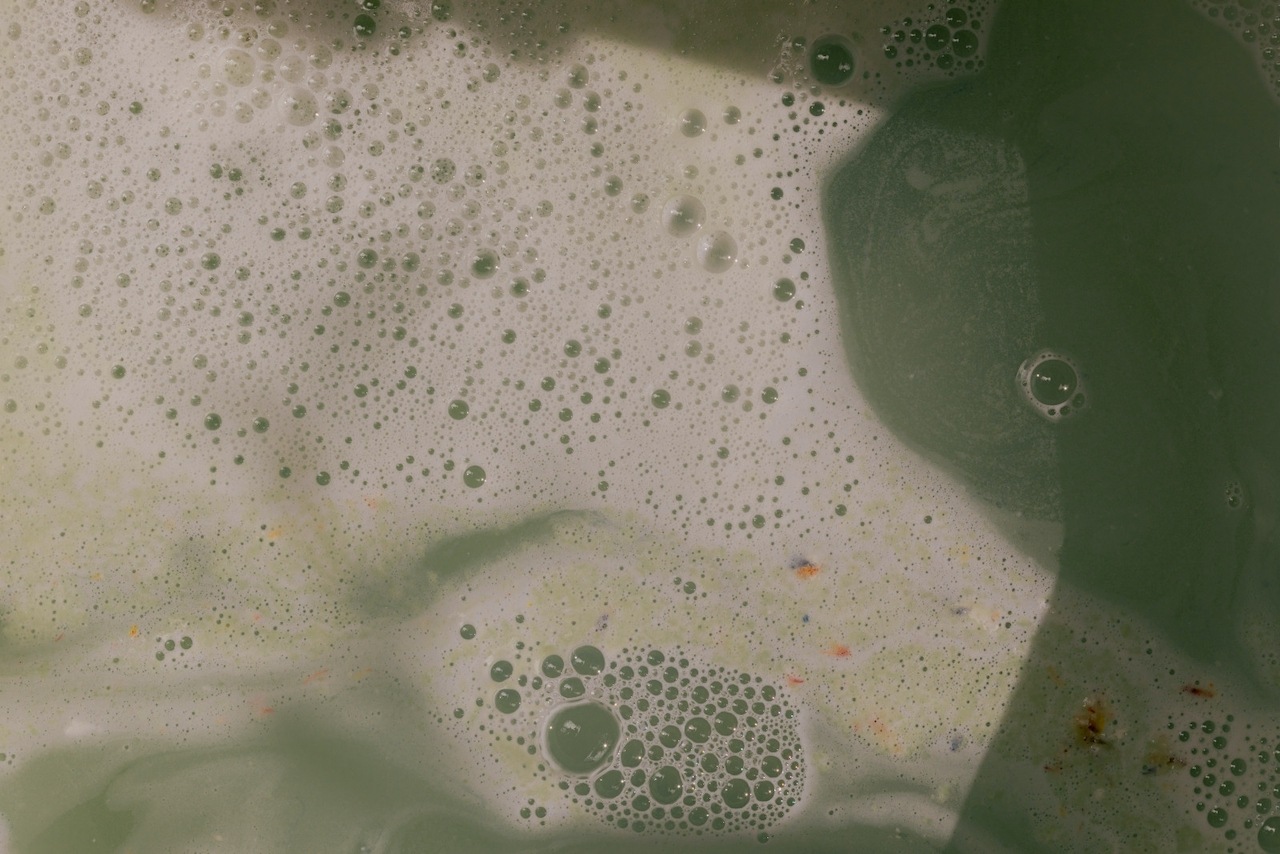Cupping therapy, an alternative medicine practice that’s grown increasingly popular in recent years, has been a traditional treatment throughout Asia, the Middle East, and Eastern Europe for centuries. And research shows that it’s effective at relieving pain and treating conditions like fibromyalgia and osteoarthritis.
If you’re looking into cupping to treat a medical condition (or simply to release tension and improve blood circulation), you might be wondering what cupping aftercare looks like and may have heard that showering after cupping is forbidden.
Experts do recommend that you wait at least three hours to shower after a cupping treatment. Below are the details on why and what aftercare steps you should take.
Key Takeaways
- Cupping is an ancient therapy used to detox, relieve pain, cure skin conditions, promote circulation, improve immune function, and more.
- After cupping, experts advise that you avoid showering or bathing for at least three hours to allow the tissue to begin the healing process and to avoid inflammation.
- If you need to shower after cupping, the risk of infection is low, especially if you use temperate, filtered water.
- Other cupping aftercare methods include extra rest and hydration, loose-fitting clothes, arnica cream, and a hot compress.

Understanding Cupping Therapy
An ancient therapy that originated in Egyptian, Chinese, and Middle Eastern cultures thousands of years ago, cupping has recently skyrocketed in popularity in the U.S. Intended to draw blood flow to a specific area of the body, cupping is used to ease back and neck pain, reduce symptoms of arthritis, cure skin conditions like acne and hives, improve immune function, lower cholesterol, and even prevent migraines.
It can also be used to promote circulation and flexibility, to decrease toxins, and to heal scars. It’s become a common wellness and muscle recovery practice among celebrities and athletes (most notably Michael Phelps, whose cupping bruises made a splash at the 2016 Olympics).
During a cupping session, suction is applied to a concentrated area of the skin for several minutes by pressing down on a cup. This is sometimes combined with acupuncture, massage, or another alternative therapy method. After “dry cupping,” the person being treated is often left with discoloration due to broken blood vessels beneath the skin—like a bruise in the shape of the mouth of the cup. (“Wet cupping” is a related practice in which blood is drawn by making small cuts in the skin.)
Can You Shower After Cupping?
Cupping experts recommend waiting at least three hours after a cupping session before taking a shower or bath. After cupping, your skin is sensitive, and your pores are open, making you vulnerable to infection or even changes in body temperature.
For this reason, it’s best to avoid submerging your skin in water for as long as possible after cupping. If you must bathe shortly after cupping, use temperate, filtered water.
During the window where you’re avoiding getting your skin wet, it’s important to stay hydrated, to complete the process of flushing out toxins, and to wear loose-fitting cotton clothing as another precaution to avoid irritating skin. It’s also important to avoid extreme heat or cold where possible (i.e., don’t use a sauna or hot tub or turn the AC up high).
Showering Precautions After Cupping
To maintain the benefits of cupping without risking infection or skin irritation, it’s best to avoid showering for at least three hours after a session (longer if possible). If you must shower, use filtered water to reduce the risk of infection, and make sure to keep the water at a gentle temperature.
Be sure to drink a lot of water, wear loose-fitting clothes, and avoid hot, cold, or windy conditions after cupping treatment. Also, avoid intense exercise and caffeine, alcohol, and processed foods.
Your cupping marks will fade (though some fade within a few hours while others may take a couple of weeks). To speed up the process, the best thing you can do is rest and stay hydrated.
If your marks are particularly dark or you’re experiencing back pain or soreness, try using arnica gel, cream, or oil (or another pain-relieving cream). You can also use a hot water bottle or heating pad to improve circulation and relax the muscles in the area.
The post Can I Shower After Cupping? first appeared on The Yinova Center.